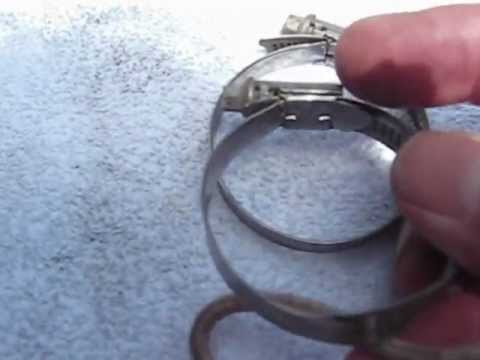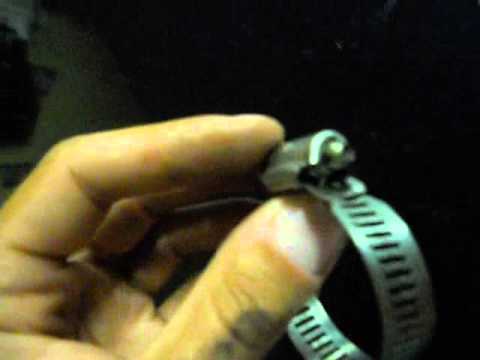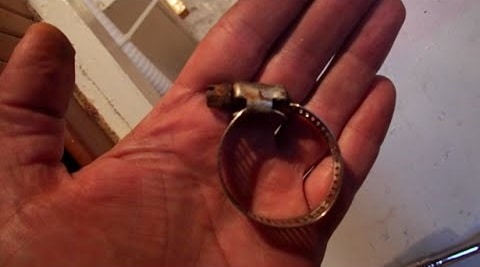Volkswagen hose clamps are found everywhere, especially in vehicles and plumbing devices such as toilets. Hose clamps are preferred in Volkswagen vehicles because they are simple and easy to install and apply. Moreover, Volkswagen hose clamps can be recycled. Hose clamps are commonly used to provide security mechanisms to the vehicle oil and fuel matchings and provide cooling to the vehicle.
Volkswagen vehicle hose clamps are removed by using appropriate tools such as home clamp pliers, among others. The pliers remove all hose clamps, including the stubborn and firmly secured hose clamps. The information below will enable you to understand the steps required to remove the hose clamp from the Volkswagen vehicle.
Signs indicate that the Volkswagen hose clamp needs replacement

- Failure of the coolant to cool the engine
Once your VW vehicle engine starts overheating, it is a clear sign that your vehicle hose clamp is failing. Hose clamps may be damaged or cracked because of the explosion to extreme conditions such as high heat released. Once the hose clamp has been released to extreme conditions like too much pressure, they crack and fail to cool the VW engine.
- Decreased coolant
Sometimes, the fluid coolant in your VW may decrease, resulting in leakages in your hose clamp. The leakages may result in severe damages to your VW engine if not fixed as soon as possible. Therefore, it is advisable to contact a mechanic once the coolant in your VW vehicle decreases.
- Hose clamp leakages
Sometimes, a hose clamp can leak vehicle fluids that are green and have a sweet scent. The leaking fluids usually come from the radiator hose clamp to indicate that the hose clamp is failing and requires immediate fixation. If you drive your vehicle with a coolant leaking problem, the probability of damaging your VW engine is high.
How to remove VW hose clamp

A VW hose clamp is removed from the vehicle by following the recommended steps below.
Step 1: Locate the hose clamp
The first step is to identify the location of the hose clamp. Usually, the hose clamp is located underneath the VW car. Examine how it is positioned to enable you to remove it without damaging other vehicle parts. Moreover, try to understand the hose clamp because there are many different types of hose clamps.
Step 2: Bring all equipment required
The items required to remove the hose clamp include; hose clamp screw, screwdriver, and bolt cutter. The bolt cutter enables you to remove rusted or firmly held bolts.
Step 3: Cool the vehicle coolant
The first thing before removing the hose clamp is to remove the coolant. Locate the position of the coolant. Drain all coolant by opening the petcock and placing a clean basin or bucket underneath. Ensure the petcock is utterly empty before proceeding to remove the hose clamp and close the petcock.
Step 3: Unscrew the bolts to disconnect the hose clamp
Before starting the process or removing the hose clamp from the vehicle, ensure you wear protective clothing such as recommended glass and cover the whole body. Slide underneath the vehicle and find the location of the hose clamp. Examine the whole hose clamp and test if it is working correctly.
Unscrew all bolts by using the screwdriver. If the bolts have accumulated a lot of rust, consider cutting them using a bolt cutter or mini-hacksaw to disconnect the hose pipe and the hose. Ensure you cut the bolts carefully to avoid damaging both the hose and the hose pipe and even cutting the fingers.
Step 4: Disconnect the hose clamp
After removing all screws holding the hose clamp in position, slowly remove the hose clamp underneath the vehicle without damaging any other vehicle component. After removing the hose clamp, disconnect the hose from the hose clamp by using pliers. Ensure you remove the hose carefully to avoid damaging the hose or hose clamp.
How to replace a VW hose clamp- easy steps

There are several reasons why the hose clamp needs replacement, and such reasons include; cracked hose clamp, swelling, and utterly broken hose clamp. Once the hose clamp fails to function, the VW engine starts overheating and eventually stops function. Therefore, it is advisable to replace the hose clamp early enough. The following steps show how to install a new hose clamp.
Step 1: Allow the vehicle engine to sit
Once you experience hose clamp damages, stop the car and allow it to sit for some minutes. Allow the engine to cool for approximately one hour and twenty minutes before completely removing the old hose clamp.
Once the engine has cooled, drain all coolant fluid from the petcock after opening the petcock and replace the petcock lid to its position. While handling the coolant, handle a lot of carefulness because it is highly poisonous and can affect your health.
Step 2: Locate the position of the hose clamp and remove the old hose clamp
First, find the location of the hose clamp and slowly disconnect the hose and the hose clamp by following the steps above.
Step 3: Reinstall the new hose clamp
Buy a new hose clamp that fits your VW vehicle since each vehicle model uses a different hose clamp. Ensure the hose clamp is of good quality. Reinstall the new hose clamp slowly after applying gasket sealant to enable the hose and the hose clamp to slip without any damages and using a green scrubber with a rag.
After fitting the hose clamp, screw all bolts to secure the hose and the clamped hose to prevent them from falling off. Fill the VW vehicle with a new coolant and test if the hose and hose clamps are correctly fit using a pressure tester. Clean the coolant and start the car for around 20 minutes. If the hose fails to function, repeat the process above or contact a professional mechanic.
Conclusion
Hose clamp is an essential part of a VM vehicle that requires constant maintenance, such as avoiding overtightening the clamps while screwing. Therefore, it is advisable to maintain the VW vehicle as stated by the manufacturer.
Finally, it is essential to inspect your VW vehicle regularly to fix any issues that are identified. Also, if you want to remove and replace the hose clamp, the information above provides the necessary steps that will help you successfully remove and replace the hose clamps.
To Remove Volkswagen Hose Clamps, You should watch this video below;
